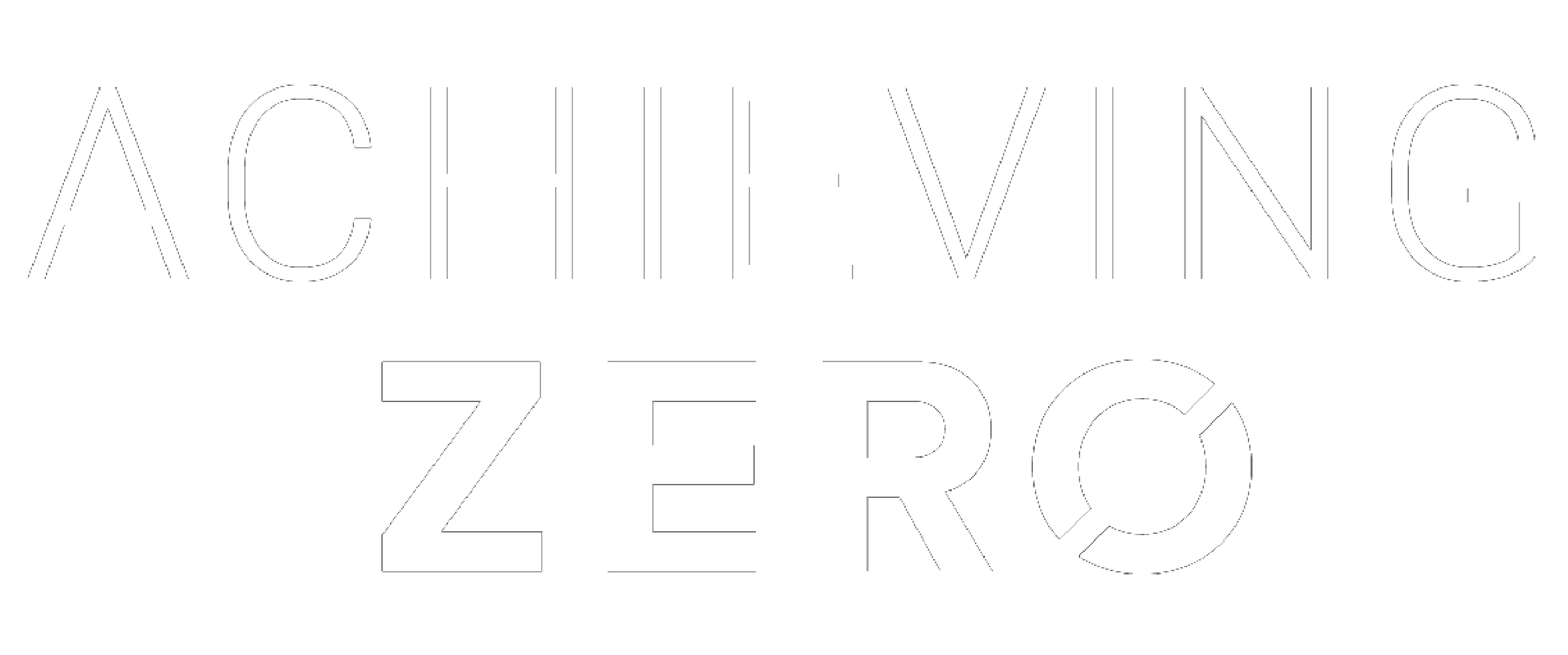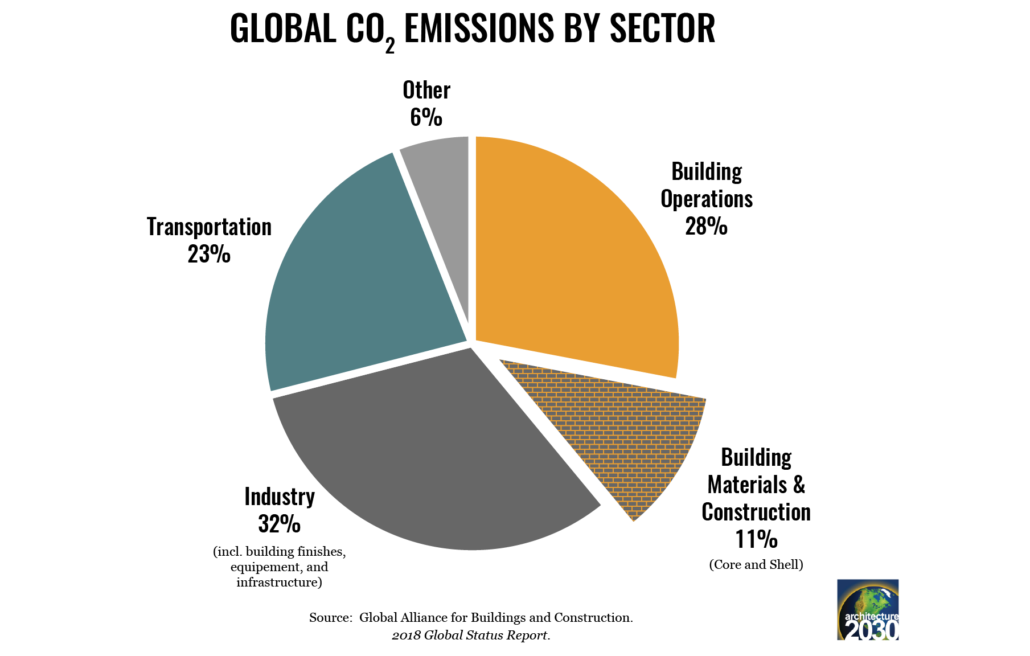FRAMEWORK
Achieving zero emissions from new construction will require low-carbon and carbon-positive building materials that sequester carbon where possible.
The embodied carbon of the building materials for the structure and enclosure, and construction, represents 11% of total annual global GHG emissions. When interior walls, finishes, fixtures, equipment, mechanical, plumbing and electrical systems, and site infrastructure are taken into account, the percentage of global GHG emissions is much greater.
Addressing embodied carbon emissions begins with building and infrastructure design and material specifications, leading to policies for low- to carbon-positive building materials.
Prescriptive and Performance Specifications and Policies
Prescriptive and Performance measures are being developed and incorporated in both government policies, and in the design of buildings, infrastructure and the specifications of materials and systems. Prescriptive measures for reducing embodied carbon identify the attributes of infrastructure, buildings, and materials that result in lower embodied carbon emissions, while performance measures set maximum embodied carbon emission (Global Warming Potential) thresholds for each. Providing designers and builders with multiple pathways for reducing embodied carbon will facilitate more immediate and wide-spread emissions reduction adoptions.
Prescriptive Path:
- Identifies infrastructure, buildings, and materials that have the highest embodied carbon impacts (e.g. concrete and steel) and then establishes sets of attributes that result in embodied carbon reductions.
- Integrates these sets of attribute into building design specifications, building construction, and government policy and procurement language.
Performance Path:
- Identifies infrastructure, buildings, and materials that have the highest embodied carbon impacts and then determines the maximum global warming potential (GWP) thresholds for each.
- Integrates GWP thresholds for product categories into building design specifications, building construction, and government policy and procurement language.


